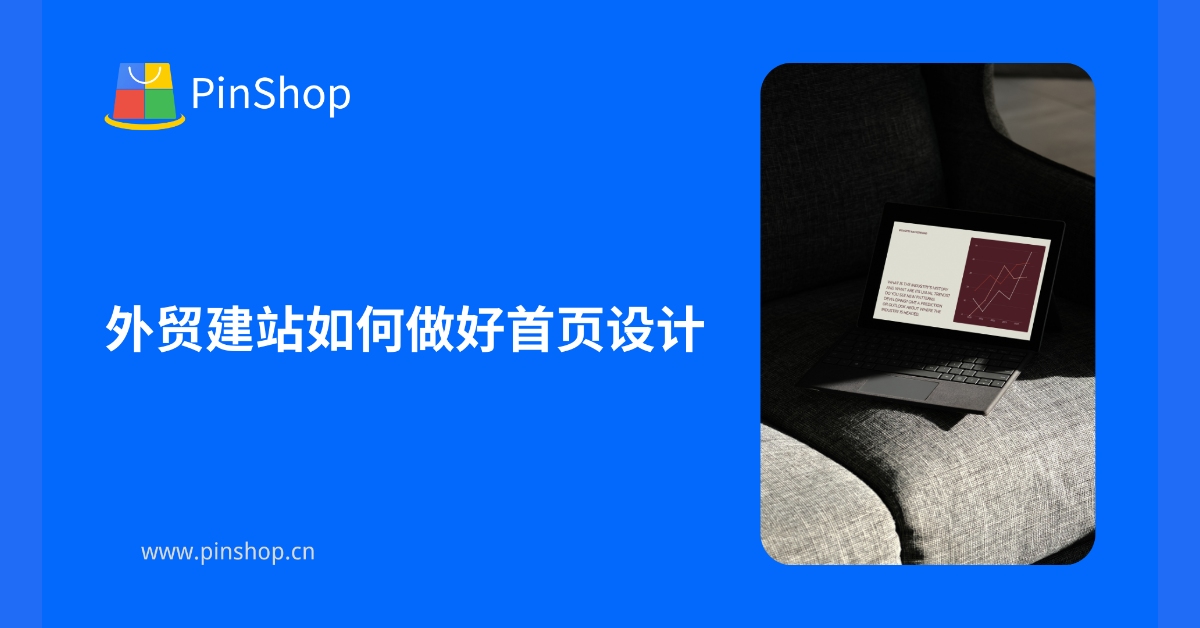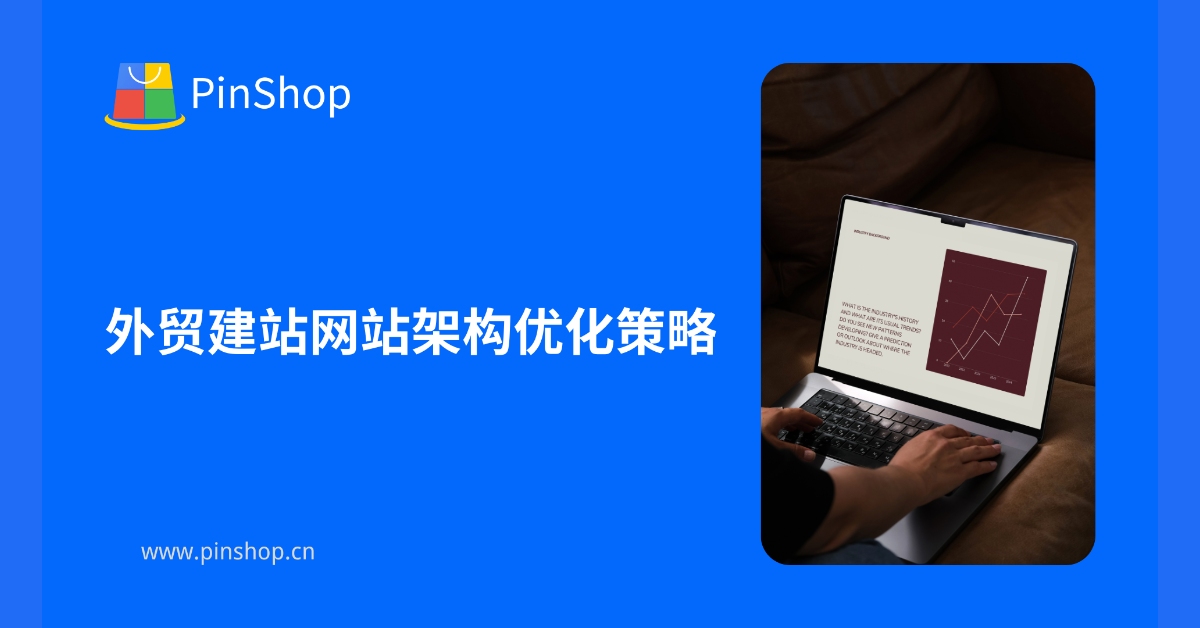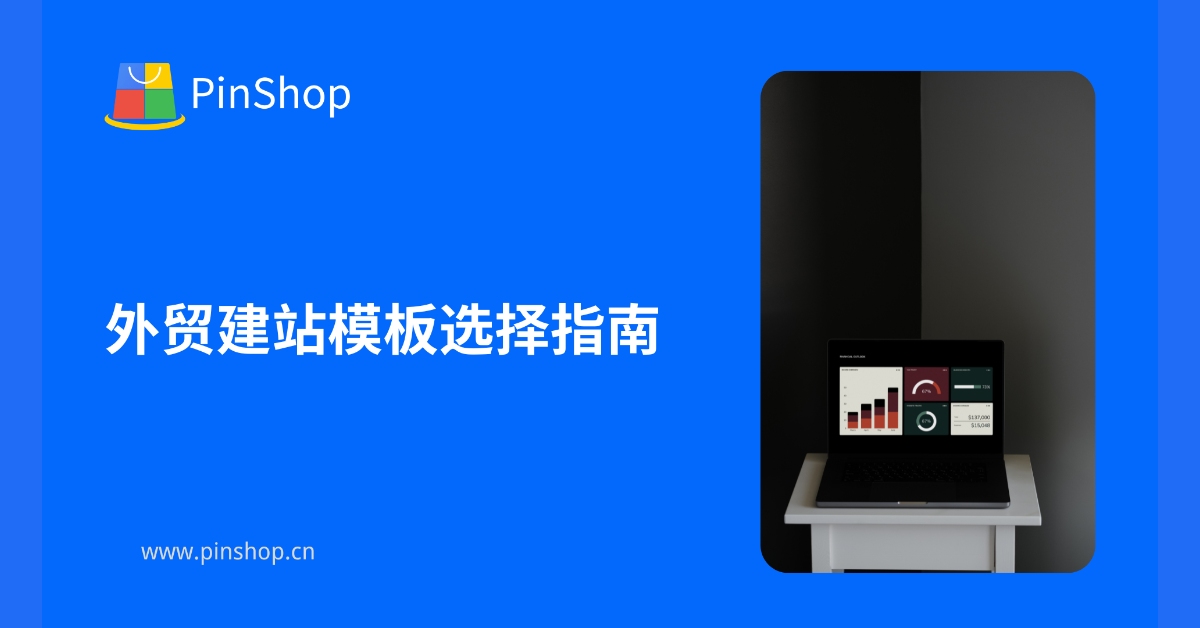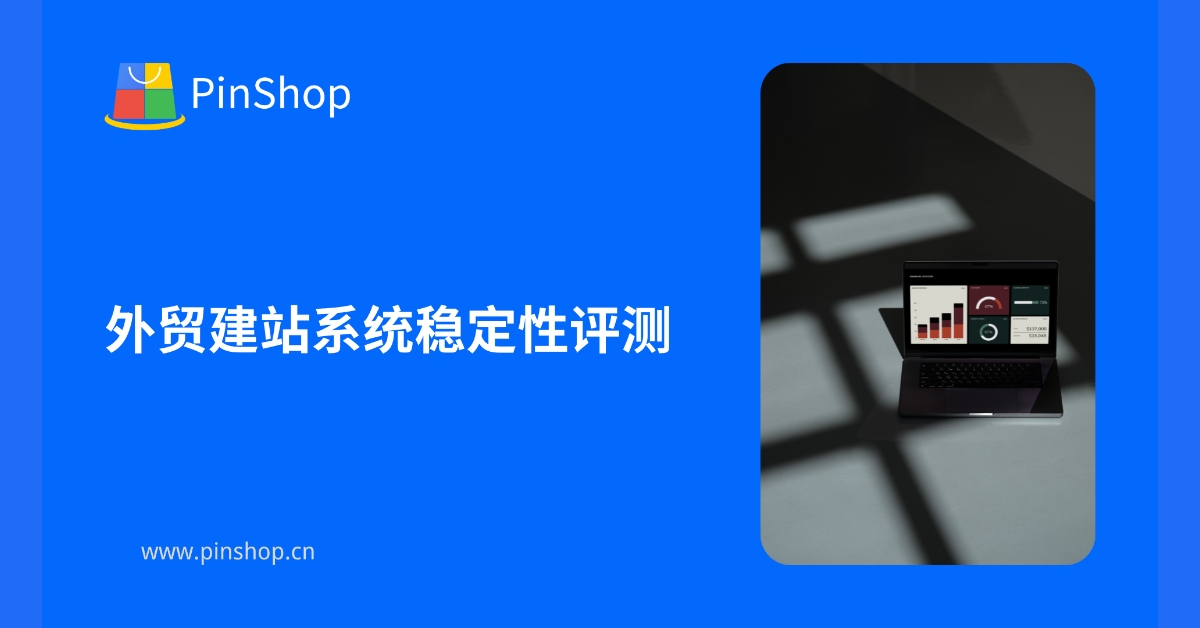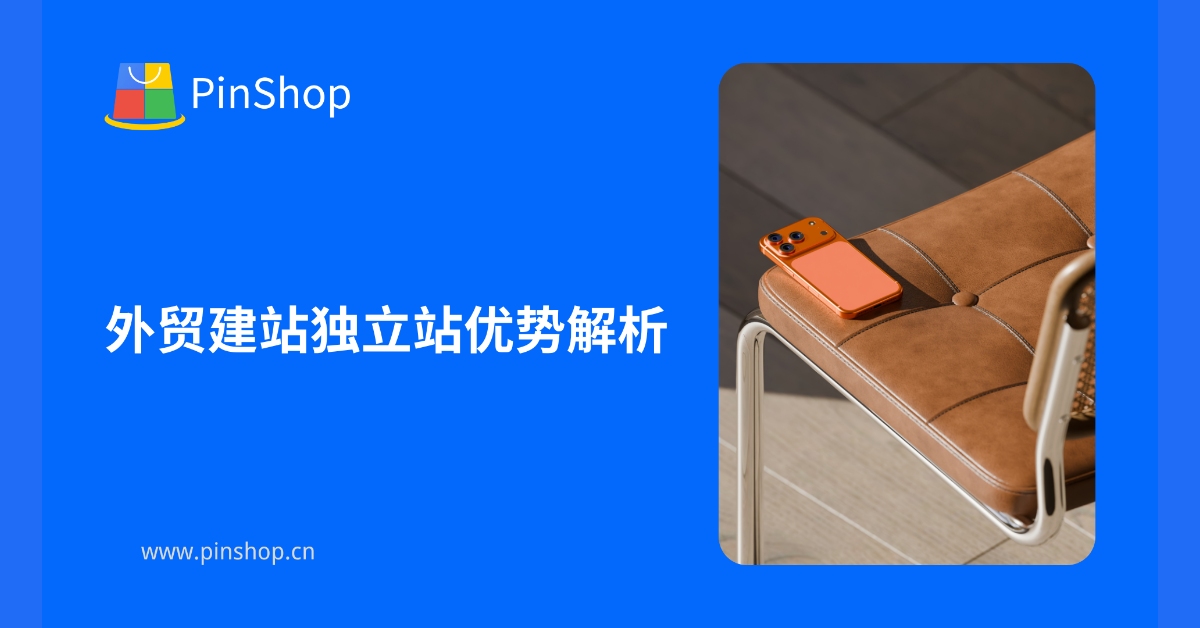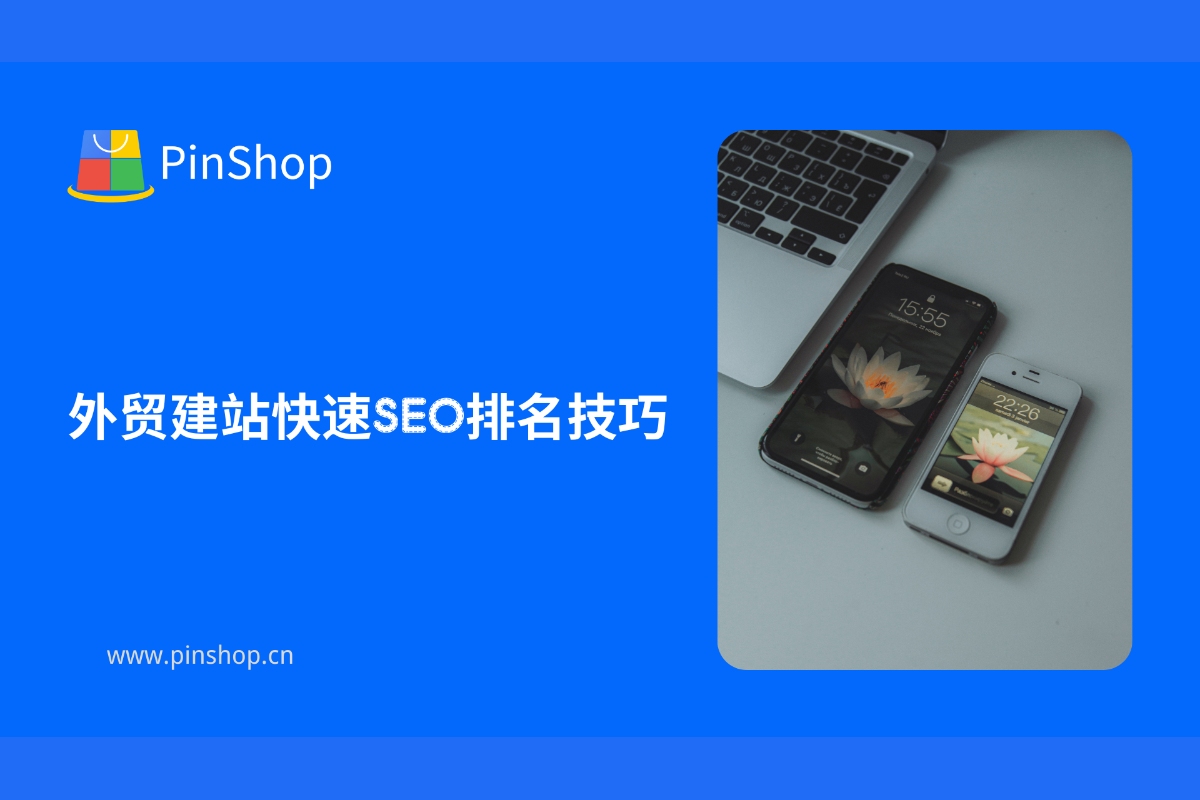1. Why do companies need an independent website with both "product system + form system"?
Under different business models, the functional requirements of independent websites vary:
-
B2C businesses require complete product display, shopping cart, and online payment functions;
-
B2B businesses require more than just product display. Data-end="692">Forms are used to collect information such as customer customization needs, bulk inquiries, and agency partnership applications;
-
Cross-border enterprises hope to achieve both direct sales and the ability to build a lead database for long-term follow-up.
If the website architecture doesn't support the coexistence of these two, there may be a disconnect in the customer experience—customers can only buy but not ask questions, or can ask questions but not directly place an order—directly impacting conversion rates.
II. Technical Compatibility of the Standalone Site Product System and Form System
1. System Logic
Modern standalone site architectures (such as those based on React / Next.js or WordPress + WooCommerce) support modular development. Product modules and form modules can run independently without interfering with each other, and data integration is achieved through unified front-end style and back-end management.
2. Data Management
The product system records order, inventory, and payment status; the form system records user-submitted information (such as requirements and contact information). Through APIs or backend integration, both types of data can be exported or synchronized with the CRM system.
3. SEO and Performance
As long as the URL structure is reasonable and the form loading is lightweight, both the product page and the form page can achieve good search indexing without affecting each other's loading speed.
Reference: W3C Web Application Architecture proposes modular and semantic design to help maintain functional independence and maintainability.

3. Technical suggestions from authoritative organizations
-
W3C (World Wide Web Consortium)
It is recommended to use semantic HTML and a modular component structure to render the product module and form module independently to avoid front-end conflicts. -
Google Search Central
Google clearly states that content from different functional modules will be indexed and ranked simultaneously as long as it is crawlable and has a clear page structure. Independent websites can confidently run e-commerce and form functions on the same website. -
Baidu Search Resource Platform
Baidu recommends that form pages have unique URLs and use anoindexpolicy to exclude form submission pages from inclusion to avoid impacting SEO performance.
IV. Business Value: Why is coexistence the optimal solution?
-
Improve conversion rates: Users can choose to purchase directly or submit their needs first; different customer journeys are covered.
-
Expand business models: Support multiple combinations of retail + wholesale, standard products + customized services.
-
Data asset accumulation: Product transaction data and form lead data are accumulated together to provide full-chain data support for subsequent marketing.
V. How does PinShop achieve the coexistence of the product system and form system?
The PinShop website building platform's architecture natively supports the coexistence of product and form modules:
-
Product System: Supports multiple currencies, multiple languages, and multiple payment channels; allows you to set SKU, inventory, and shipping templates;
-
Integrated Backend: Centrally view order and form data to avoid information fragmentation.
SEO Optimization: All pages can be individually configured with metadata and URL paths to ensure optimal search rankings.
Conclusion and CTA
In the face of global competition, businesses need not a single-function standalone website, but rather a multifunctional business platform that can simultaneously handle both sales and inquiries.
PinShop eliminates the need to choose between a product system and a form system. With one-stop setup and seamless operation, you can generate more transactions and opportunities for your business.
👉 Visit PinShop.cn now to learn more solutions.
Technical differences between independent sites and mini programs/APPs: How should companies choose?

